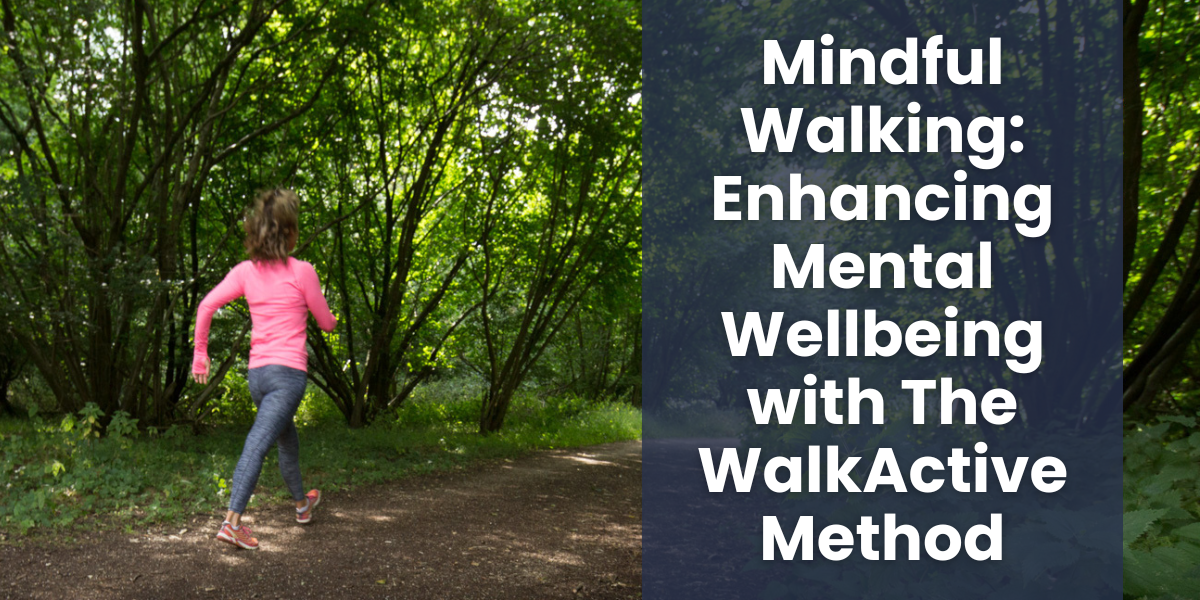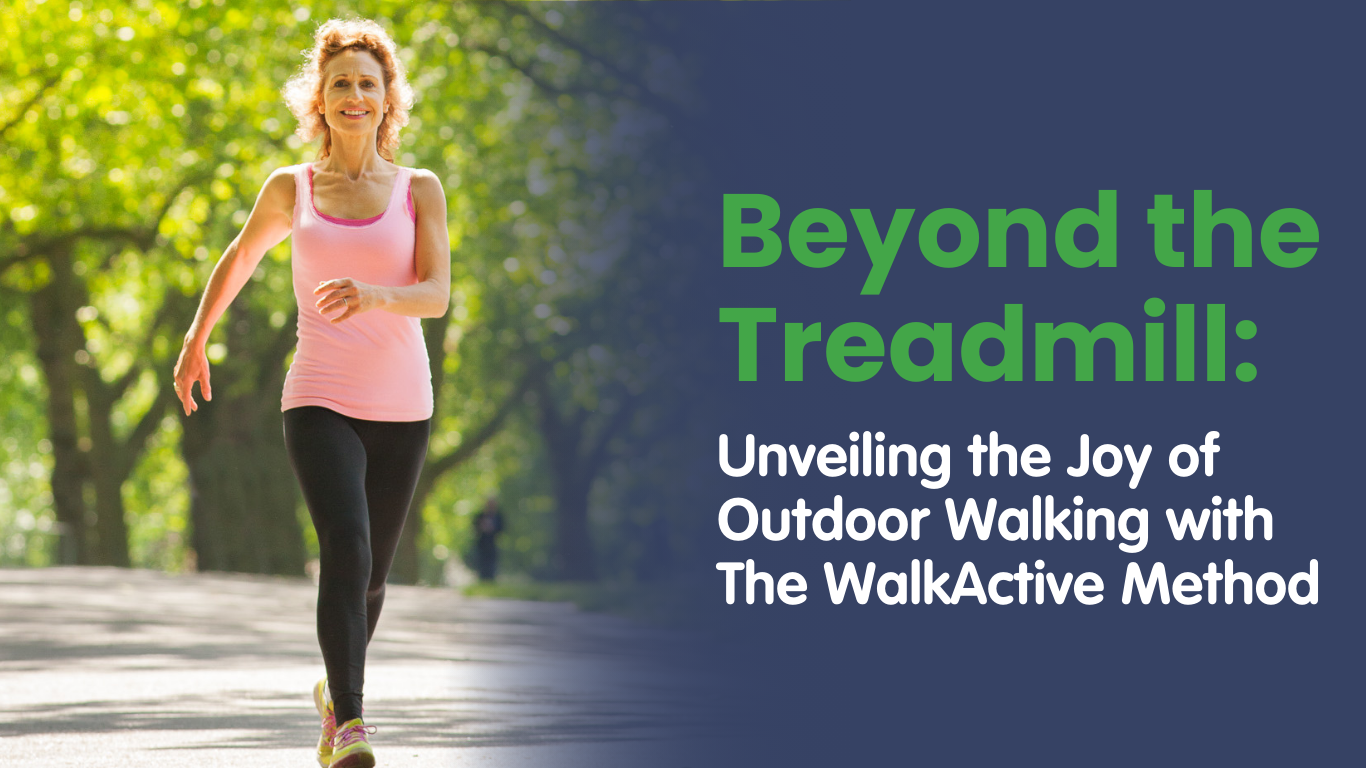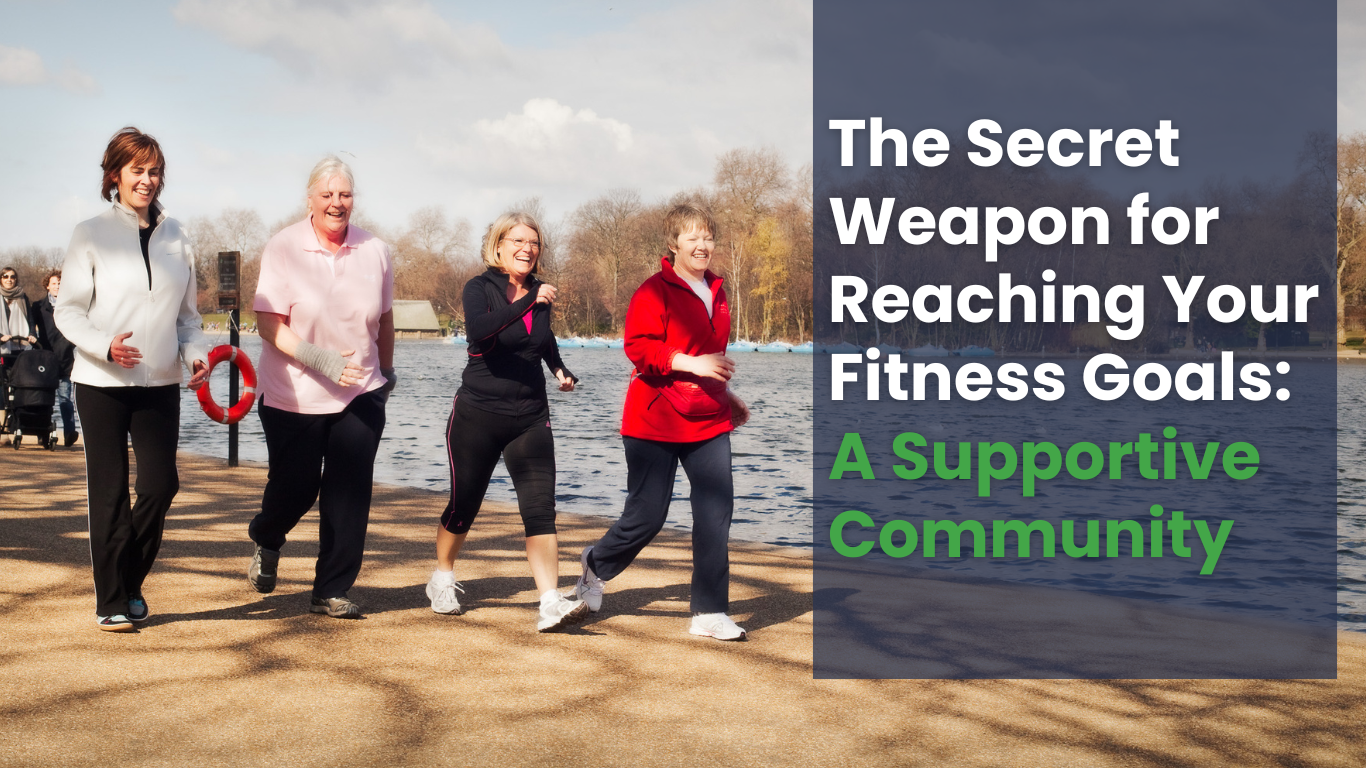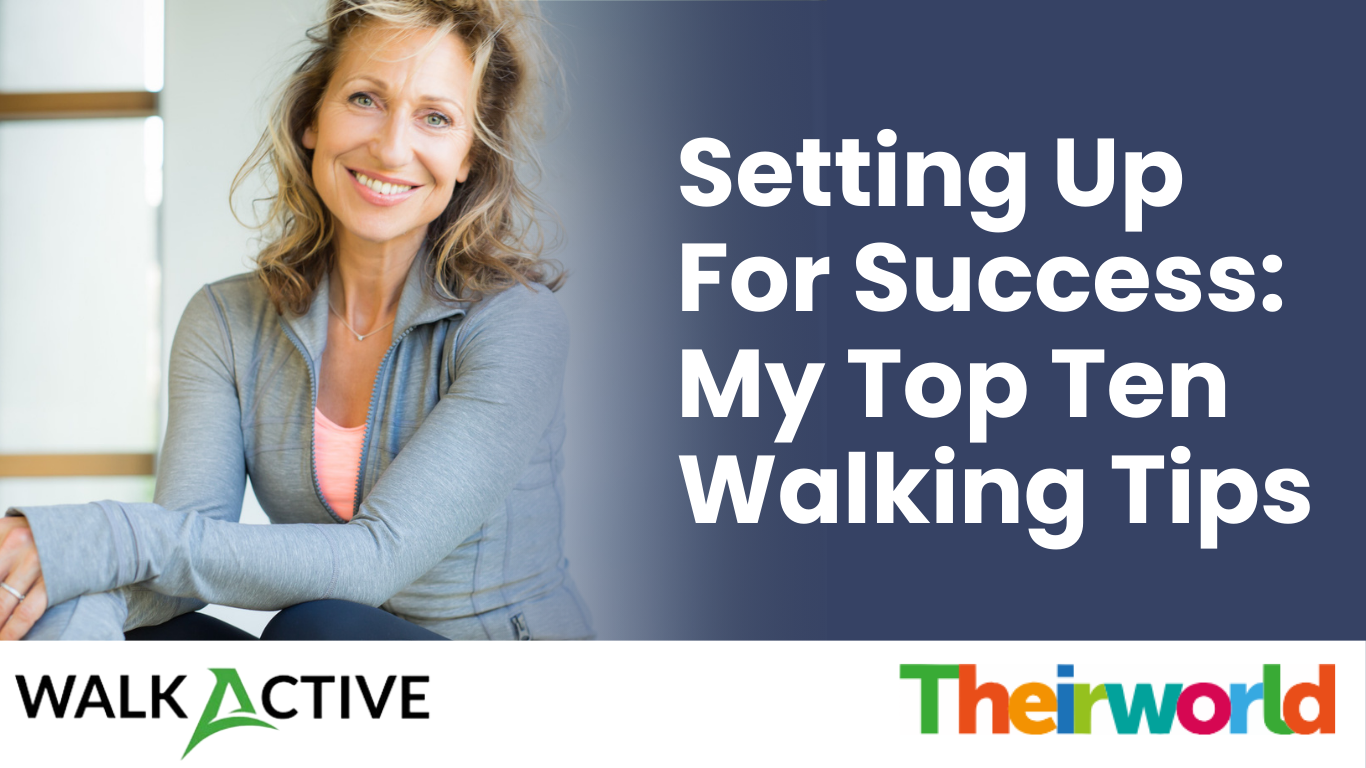Walking can be highly effective at improving your cardiovascular fitness and health in a less impactful way than running or jogging. However..
In an attempt to get more from their walking efforts, many people often employ the ‘power walking’ technique, pulling their abdominals in and clenching their bottoms and upper body. Misguidedly many may think this tense approach to their walking style is the “good” way to make walking more of a workout increasing calorie expenditure, and the clenched buttocks and pulled in belly achieving more muscular toning benefits ….. but don’t be fooled.
Walking in this way can significantly contribute to postural misalignment and force you to use the wrong muscles in the wrong way, creating potential joint and back discomfort & limit the benefits. Ever experienced lower back discomfort from a walk? Chances are you are over dependent on your hip flexors a common complaint when “power walking”. It’s this very approach that can rob you of the optimum posture and cardiovascular benefits you can achieve when walking with WalkActive.
When your hip flexors power you forward and you pull in your glutes and abdominals muscles in an attempt to tone hips, thighs and bottom, this tightening movement will limit the length of your strides. As a result, to cope with the unnatural movement you may find your back bracing and your stride becomes shorter and the movement pattern looks stiff and more snatched. When you learn WalkActive – the technique helps you use the right muscles in the right way and at the right time and sequence – the net effect is a smoothing flowing movement patterns that may well feel effortful yet looks effortless!
Watch Andrea, a previous committed Power walker explain how WalkActive compares to power walking.
So my advice on power walking is simple: don’t do it!
Instead:
- Connect with your body’s natural accelerators to increase your pace.
- Pay more attention to your stride length rather than step cadence. Watch this video on 3 things to STOP doing to walk faster.
- Increase limiting joint range of motions – primarily hips and ankles. Check out my Body Booster Focus on Hips & Core Series to get you started.
You can find out more about walking for fitness with WalkActive Stroll to Stride 5 km and Learn Pace & Fitness and WalkActive Stroll to Stride 5 km coming Autumn 2021. You can register your interest for these programmes here.





